In this article, I will help you decide whether to pursue activities by weighing the emotional costs and benefits.
Estimated reading time: 7 minutes.
In my last article, I discussed an important consideration in deciding whether to pursue various vocational opportunities, activities and relationships—the emotional costs and benefits which you derive. In that article, I also provided examples of the emotional costs and benefits commonly encountered in activities like education and work, hobbies and interests and relationships.
In the following sections, I will provide strategies to help you decide whether the benefits you derive from the positive emotions associated with an activity make it worth it to put up with the emotional costs which come with the activity.
Using emotional cost-benefit analysis to decide whether to begin or continue an activity
In deciding whether to begin or continue an activity, start with the premise that the activity will almost necessarily have a mixture of emotional benefits and costs. Next, try to gauge the magnitude of these emotional benefits and costs. Once you have done this, you can determine the extent to which the benefits outweigh the costs or vice-versa.
If the emotional benefits outweigh the costs, this may lead you to consider that beginning or continuing the activity is a good decision. The more the benefits outweigh the costs, the more confident you can be that beginning or continuing the activity is a reasonable course of action.
If the emotional costs outweigh the benefits, this may lead you to consider that beginning or continuing the activity is not a good decision. The more the costs outweigh the benefits, the more confident you can be that beginning or continuing the activity is an unreasonable course of action.
Emotional cost-benefit analysis for various activities
Education and work
Education and work can bring emotional benefits such as feelings of stimulation, passion, accomplishment, self-confidence, happiness and connectedness through the people with whom we interact in these settings.
On the other hand, education and work can also lead to emotional costs including failures and feelings of disappointment. Stress and anxiety can be hard to manage when we cannot keep up with the demands of work or school. Relationships with people at work and school can be negative and sometimes toxic in their effects on us. Prolonged exposure to such negative influences at work or school can lead to burnout.
I have avoided and left jobs and educational pursuits when I determined that the emotional costs outweighed the benefits. The costs have included too much time spent on tasks which I found to be uninteresting, policies which did not fit with my principles, excessive demands which made work-life balance difficult, as well as supervisors and co-workers with whom I did not enjoy working.
In particular, I chose to continue my education to become a psychologist rather than a lawyer after having taken several classes in both disciplines led me to conclude that the emotional cost-benefit analysis favoured psychology over law. After several years working in academic psychology, I switched to become a counselling psychologist when I concluded that the emotional cost-benefit analysis favoured the latter rather than the former as my occupation. After several years working as a counselling psychologist at an agency, I switched to become a self-employed counselling psychologist in private practice when I concluded that the latter option was a better one based on the emotional cost-benefit calculus. Finally, after several years working as a counselling psychologist in private practice doing primarily in-person sessions, I switched to doing more virtual sessions because of the emotional cost-benefit calculus.
Hobbies and interests
Hobbies and interests can bring similar emotional benefits to those derived from education and work such as feelings of stimulation, passion, accomplishment, self-confidence, happiness and connectedness. Participating in sports, playing and performing as a musician, singer, actor and dancer, working on cars, cooking, knitting, getting involved in politics and volunteering are just a few examples of hobbies and interests which can allow us to experience these positive emotions.
Unfortunately, hobbies and interests can also lead us to experience the emotional costs which can come with education and work. Participating in hobbies and interests can lead to failures and feelings of disappointment. An athlete, musician or other performer can feel great and be praised when they do well but can feel depressed and be criticized when they don’t do well. Feelings of excitement and pride following a performance typically come with the price of pre-performance anxiety along with many hours of practice and training which can be stressful, boring and exhausting.
Two of my hobbies and interests on which I currently spend the most time are regular exercise and playing the piano. There are emotional costs to these activities but I have determined that the emotional benefits which I derive make it worth my continuing them.
An example is swimming—one of my exercise activities which I typically do on Mondays, Wednesdays and Fridays. Doing this activity entails taking a bus shortly after I wake up, getting off the bus and racing to catch a train, then getting off the train and walking 10 minutes to the fitness center. I then must find an open lane in which to swim and, if none are available, swim in a lane with other swimmers. Then I do my freestyle swim workout which typically consists of a 1500-meter warmup, 1000 meters of up-tempo intervals of 50, 100 or 200 meters followed by a 500-meter cooldown for a total of 3000 meters.

I find the steps leading up to and comprising my swim workout stressful and sometimes frustrating. So there is an emotional cost to this activity for me. However, the significant emotional benefits including being physically fit, feeling relaxed and in a good mood for the rest of the day, better ongoing stress management and having a feeling of accomplishment and confidence leads me to conclude that the emotional benefits of this activity outweigh the costs. Therefore, I intend to continue with this activity.
Playing piano comes with emotional costs including practicing skills which can be time-consuming and boring, dealing with the frustration of making mistakes repeatedly while learning to play a piece, as well as facing the stress leading up to and during performances in front of audiences at performance classes, recitals and examinations. This is often followed by disappointment and embarrassment if the performance does not go well.
But playing the piano also brings substantial emotional rewards which make it worth putting up with the costs. This includes the feeling of excitement, pride, confidence and accomplishment which come with learning a piece and performing it well alone and in front of others. I also enjoy significant emotional benefits from the people I encounter while playing the piano including my wonderful teacher and my classmates at a music performance class. I have concluded that these substantial emotional benefits outweigh the significant emotional costs of this activity for me. Interestingly, I took up the piano as an activity shortly after I had discontinued an activity in which I had participated for six years because the emotional costs had surpassed the benefits.
Relationships
Relationships can provide us with some of the most positive emotional experiences in our lives. This includes intimate relationships such as dating and marriage along with parent-child and sibling relationships as well as friendships. Feelings of love, intimacy, and happiness are among the emotional benefits which we derive from our relationships.
On the flip side, relationships can also lead us to experience many negative emotions when there is stress and conflict or when the relationship ends. Anxiety, anger, frustration, guilt and depression are among the many negative emotions people experience at times in relationships.
Just as with vocational pursuits and spare-time activities, I weigh the emotional benefits against the costs in deciding whether to participate in social interaction and get involved in relationships along with whether to continue them and how much time to spend in them. There are some people with whom I interact where the emotional benefits are consistently high and the emotional costs are consistently low. Not surprisingly, these are people with whom I try to spend a lot of time. There are other people with whom I interact where the emotional costs and benefits are relatively equal, leading me to seek out relatively less contact with these people. Finally, when I find that the emotional costs of interacting with someone significantly outweigh the benefits, I typically reduce my contact with them to a minimum and I often have no further contact with them.
Be aware of changes in the emotional cost-benefit ratio for an activity
Please note that you should monitor the emotional costs and benefits you accrue from an activity on an ongoing basis. This will allow you to detect changes in the cost-benefit ratio.
In that regard, I have encountered many instances in which I have enjoyed a job, a spare-time activity or a relationship for some time when the emotional benefits outweighed the costs only to see the benefits decrease and/or the costs increase. When changes in the cost-benefit ratio occur in an unfavourable direction, it is typically time to reconsider whether you want to continue spending as much time in the pursuit as you had been spending to that point.
Don’t let the presence of some emotional costs deter you from pursuing an activity
It is rare that you will find an activity which will come with no emotional costs. Therefore, the presence of some costs should not deter you from starting or continuing an activity if you can also derive significant emotional benefits from the activity.
If these emotional costs are relatively low, you can often get used to them and view them as the ‘price of admission’ in order for you to enjoy the emotional benefits of the activity. Reminding yourself of these benefits while you are encountering the costs is another helpful strategy. In so doing, you are telling yourself that the relatively low short-term emotional pain of the activity is worth the greater long-term emotional gain which you derive from it.
May you use emotional cost-benefit analysis in deciding which activities to pursue,
Dr. Pat

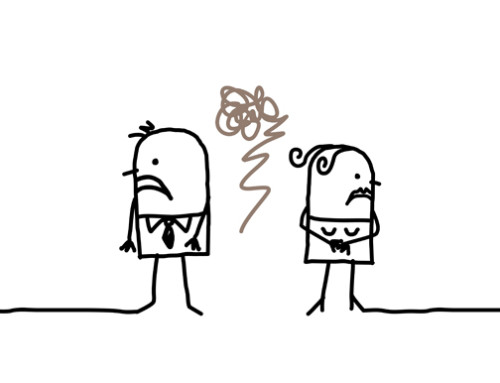
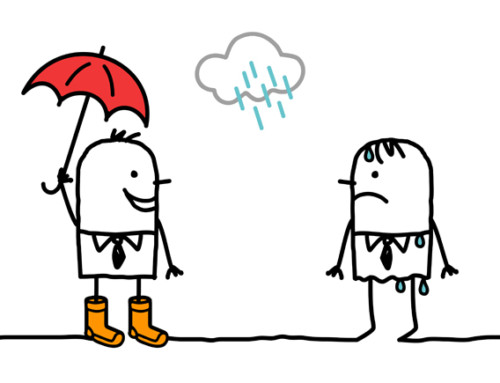
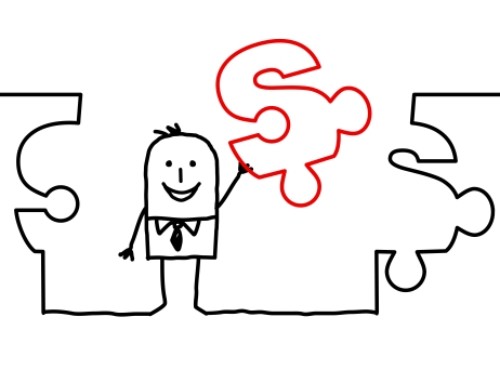
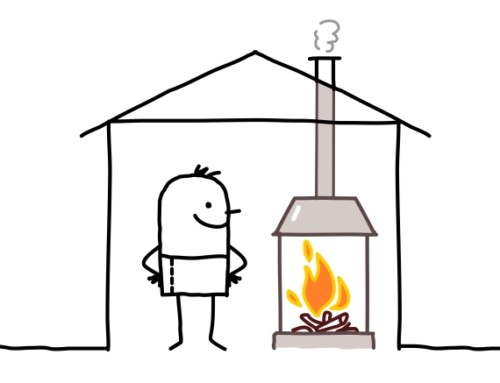
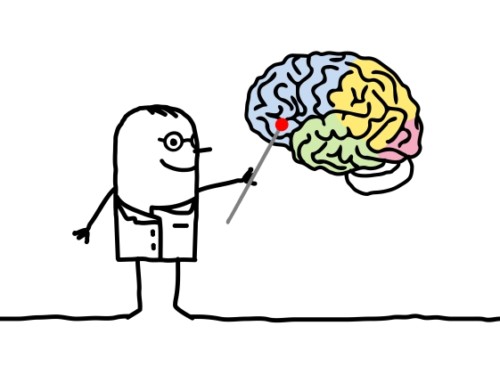
Leave A Comment